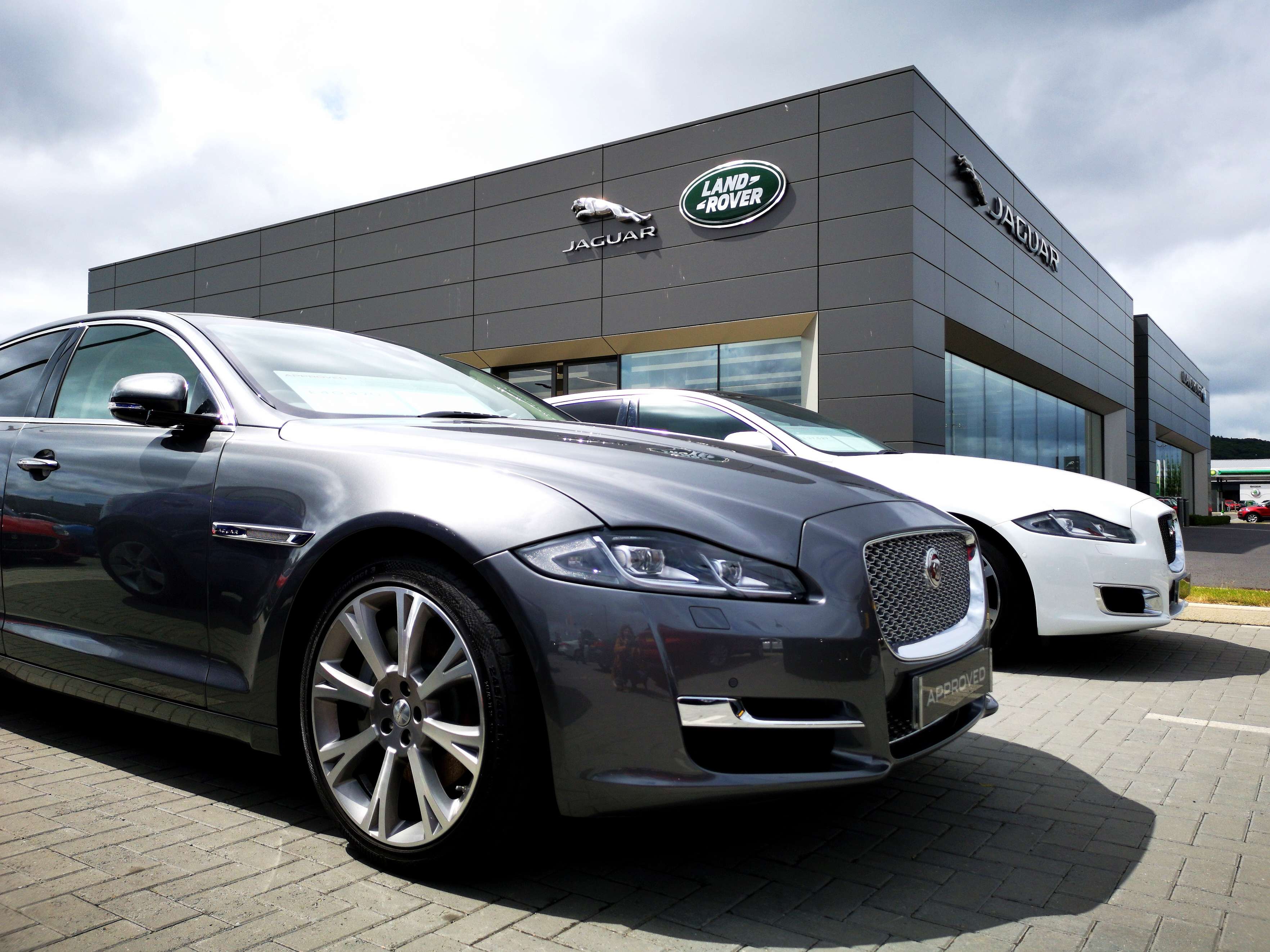 Mumbai: Having witnessed a 27% impact of wholesale volumes in Q1 of FY-22, Tata Motors owned Jaguar Land Rover is expected to witness a sharper 50% hit on desptaches in Q2 of FY-22 on account of semiconductor shortage, which could potentially impact over 20% of the annual volumes.
Mumbai: Having witnessed a 27% impact of wholesale volumes in Q1 of FY-22, Tata Motors owned Jaguar Land Rover is expected to witness a sharper 50% hit on desptaches in Q2 of FY-22 on account of semiconductor shortage, which could potentially impact over 20% of the annual volumes.The company on Tuesday informed bourses that “based on the recent inputs from suppliers – we expect the chip supply shortage for September ending Q2 to be greater than the first quarter and resultantly the wholesale volumes for the quarter are expected to be 50% than planned.”
Looking ahead, it said, the chip shortage is very dynamic and difficult to forecast.
Post the announcement of retail sales on Tuesday, the share price of Tata Motors took a knock of almost 7.6% to 319.75 around 3 PM.
Commenting on the shortage, Thierry Bolloré, Jaguar Land Rover Chief Executive Officer, said, “The present semiconductor supply issues represent a significant near-term challenge for the industry which will take time to work through but we are encouraged by the strong demand we see for when supply recovers. We are taking strong steps to ensure the security of our supply chain for the future, working with our suppliers and chip manufacturers directly to increase the visibility and control over the chip supply for our vehicles.”
Although the company is continuing to work to mitigate this, it expects the situation to start improving in the second half of FY-22.
The company however cautioned that “the broader underlying structural capacity issues will only be resolved as supplier investment in new capacities comes online over the next 12-18 months and so we expect some level of shortages will continue through to the end of the year and beyond.”
The company’s retail sales for the three-month period to 30 June 2021 were significantly up year-on-year, reflecting the continuing recovery in demand from the Covid 19 pandemic, particularly compared to a year ago. However, wholesales in particular were lower than demand would have permitted due to semiconductor supply issues affecting the global auto industry, said the statement.
The retail sales for the first quarter ending 30 June 2021 were 124,537 vehicles, 68.1% higher than the 74,067 vehicles sold in Q1 last year. Retails were higher year-on-year in every key region including in the UK (+186.9%), Europe (+124.0%), Overseas (+71.0%), North America (+50.5%) and China (+14.0%).
The wholesales despatches were 84,442 units in the quarter (excluding the China JV), up 72.6% year-on-year. However, this was about 30,000 units lower (c. 27%) than otherwise would have been planned as a result of semiconductor supply constraints and the impacts of Covid-19, although this reduction had been broadly anticipated, added the note.
At the end of July, Jaguar Land Rover will report interim unaudited results for the three months ended 30 June 2021. At the end of the period, the company had about £3.7 billion of cash and short term investments (unaudited). Based on this and broadly in line with expectations given the supply
constraints, the company expects to report a cash outflow of about £1 billion with a negative EBIT margin for the quarter. Total liquidity at the end of the first quarter was over £5.6 billion including a £1.9 billion undrawn committed credit facility (RCF), explained the statement.
While the present semiconductor supply shortages continue to be a challenge for the industry, we are encouraged by the strong demand we see for our vehicles.Thierry Bolloré, CEO, Jaguar Land Rover
However JLR added that it expects a substantial improvement in underlying operating cash flow in the second half of the financial year as chip supply improves.
JLR continues to witness a strong demand for its products when semiconductor supply ultimately improves. The company presently has about 110,000 global retail orders, the highest in the history of the company, representing 3 months of sales cover, with 5 months in Europe and 4 months in the UK. The orders for the Defender alone total over 29,000, representing over 4 months cover, informed the company.
On the sales recovery, Bollore said, “We are pleased to see the gradual economic recovery from the pandemic with customers returning to our showrooms driving double-digit year-on-year sales growth in all regions, demonstrating the continuing appeal of Jaguar and Land Rover vehicles. While the present semiconductor supply shortages continue to be a challenge for the industry, we are encouraged by the strong demand we see for our vehicles.”
















